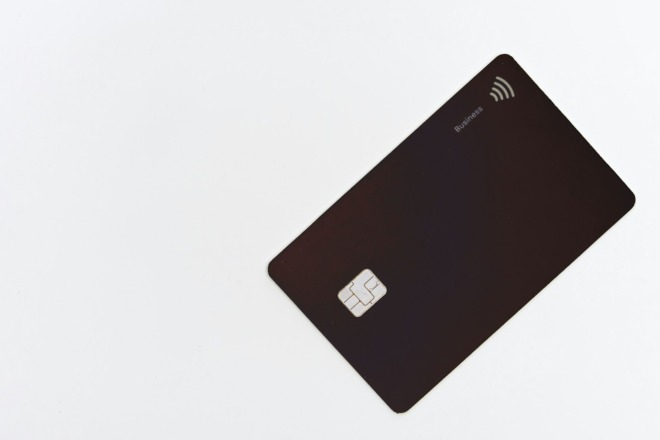The internet is full of people sharing images, grabbing ideas and making them their own and outright intellectual property (IP) theft. You spend a lot of time and effort coming up with unique designs. How can you protect them in the digital age and make sure your brand is only used in the ways you want?
According to DataReportal, approximately 4.66 billion people use the internet, a 7.3% increase in the past year. Unfortunately, different countries may not enforce copyright laws. Other people may not understand that they can’t use your IP without permission.
How can you figure out if someone steals your designs and what can you do about it? Fortunately, you do have a bit of recourse.
1. Be Aware of Pop-Ups
New businesses pop up frequently. When inexperienced business owners jump into the industry, they may not understand they can’t just copy another person’s design. Pay attention to any new competition and ensure they aren’t using the same images you’ve designed.
You can also do reverse image searches to see if your creations pop up anywhere. If you locate them, make sure the person understands they need your permission to use your intellectual property and request any fee you require.
2. Know Your Rights
Make sure you understand your rights and what you’re selling to a client or a company for which you work. Do you keep some rights and simply sell them usage rights? When does your contract expire? Many places hire designers as contract work, meaning the company then owns your design and can do with it as they please.
The most successful companies have a backup plan for their designs. If someone quits, passes away or moves to a different role, what happens to the content they created?
3. Study Patent Versus Copyright
Know the difference between copyrights and patents. Which is best for your project? Filing with the appropriate authority allows you to take legal action against someone stealing your designs. You can recover any lost revenue caused by their theft.
Copyright and trademark laws are pretty clear in the United States. While some countries won’t help you with legal action, you always have the option to file a Digital Millennium Copyright Act (DMCA) notice with Google and request they block the offending site from using your property.
Other options include contacting the other company’s host, sending a cease and desist letter and filing complaints with social media providers.
4. Watermark Images
If you place designs for sale online, you may want to add watermarks until the person pays for the package. It isn’t likely someone buying your design for commercial use will abuse your images. However, if you make them clickable and watermark free, you risk someone copying them and using them without paying you.
Any good photo editing software allows you to add a copyright notice. When someone buys a license, you send them watermark free images.
5. Keep Digital Records
Keep track of all the work you create. Make sure you have the initial concepts through to the finished version of the art. If you have to prove someone stole your work, you may need the digital history to show you were the one creating the item first.
What About If Someone Steals My Idea?
There are times when a competitor takes your idea and runs with it. Perhaps you had a unique concept, started a trend or used a specific combination no one has before. Suddenly, an extremely similar design pops up on a competitor’s site. Unfortunately, you can’t prevent people from copying you.
Your best approach in such a situation is to constantly come up with fresh ideas of your own. People might repeat what you do but you’ll always be a step ahead of them. If you can figure out what their IP is, you can also block them from seeing your website and your designs. You may also have success blocking them on social media. Let them come up with their own ideas.
Be Proactive
The best approach to protecting your designs and intellectual property is to be proactive. Add watermarks, be careful who you share files with, disable the ability to right click on your website and take the legal steps needed to register and track your work.
If someone does steal your designs, reach out to them and explain why they can’t use them. However, if they don’t respond, be ready to send a more formal letter and take whatever legal actions necessary to stop the unauthorized use of your work.
About The Author
Eleanor Hecks is the Editor-in-Chief of Designerly Magazine, an online publication dedicated to providing in-depth content from the design and marketing industries. When she's not designing or writing code, you can find her exploring the outdoors with her husband and dog in their RV, burning calories at a local Zumba class, or curled up with a good book with her cats Gem and Cali.
You can find more of Eleanor's work at www.eleanorhecks.com.


